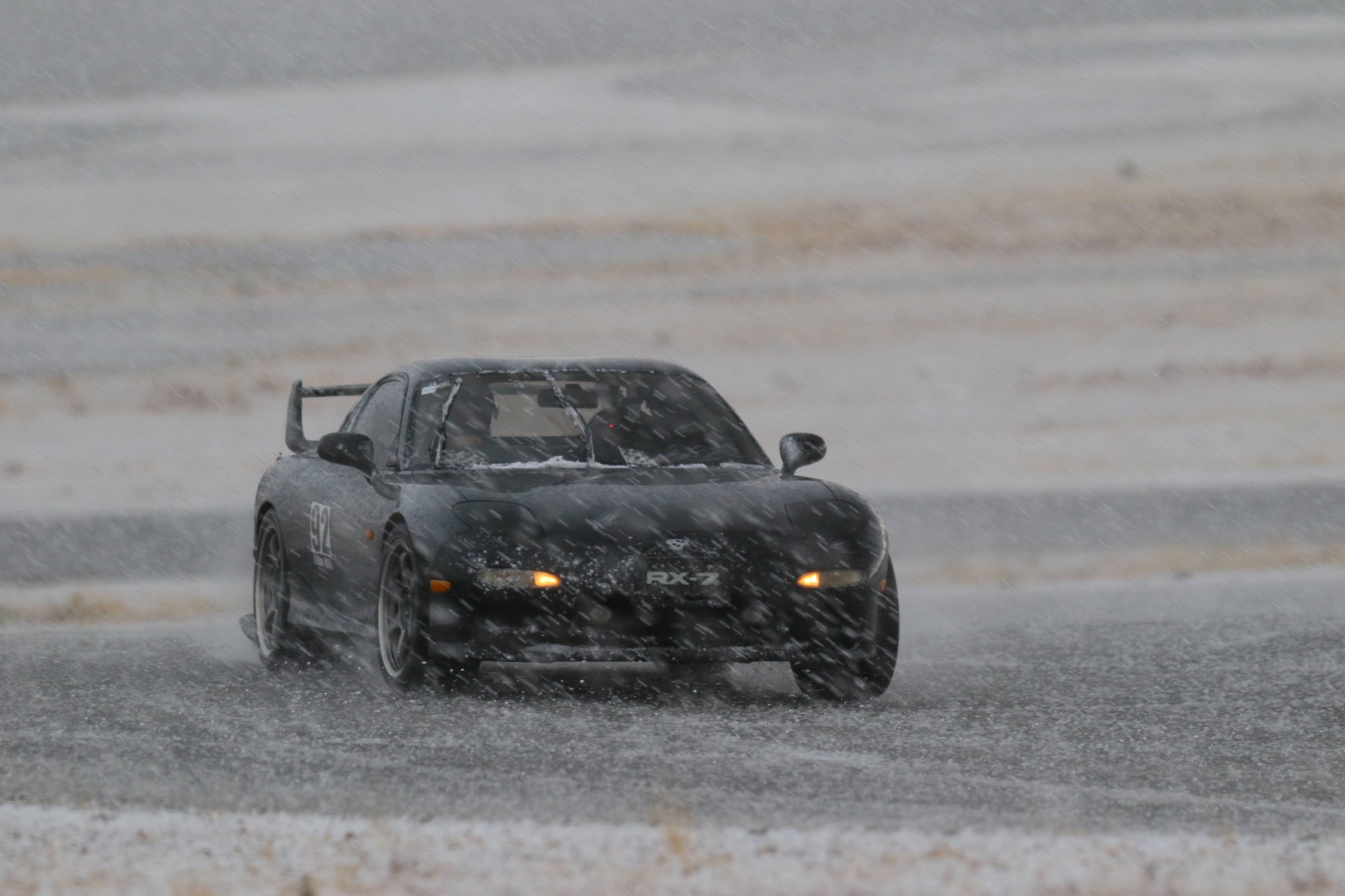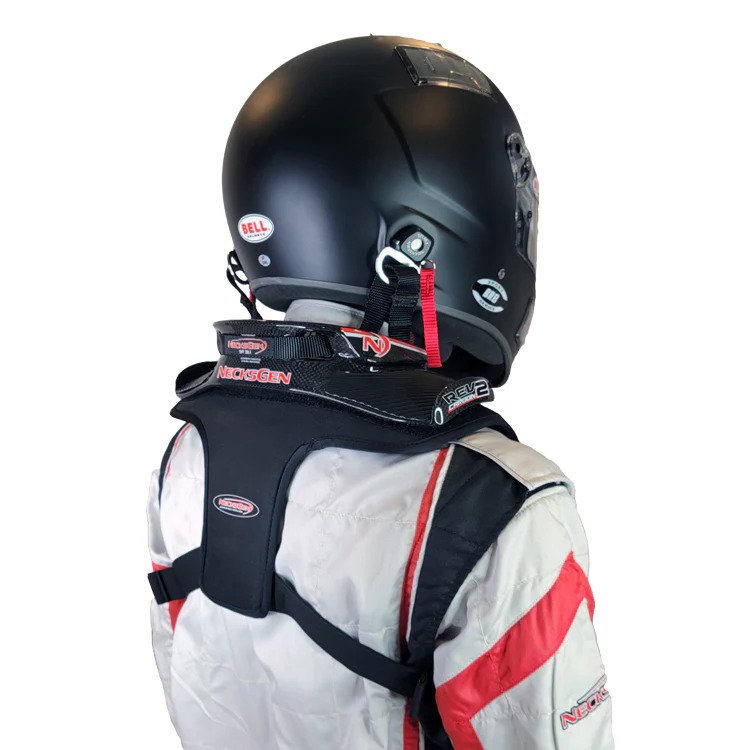
SpeedSF Blog
Every Build Has a Story – Meet the Cars of SpeedSF


Justin’s Trans Am: Party Animal
With a hope for a powerful head-turner with classic styling, Justin Hertel picked up this 1988 Trans Am and swapped an LSA motor into it. As he learned, big power comes with its setbacks.

Lex’s RX-8: Underdog Pride
Mazda’s unloved little brother got a chance to shine when Lex moved on from his turbocharged FC3S RX-7 and bought this lightly tuned RX-8 from Gordon Peng. The necessary mods were already in place, which served as a foundation for Lex to acquire easy seat time in this reliable rotary.

Sergey’s E46 M3: Stay Frugal and Avoid Rabbit Holes
After finding a Miata with the basic HPDE mods, Sergey Smirnov committed to improving his skills and avoided fussing around with upgrades. When it came time to get a new car, he followed the same approach with great results.

Spencer’s GT3: Scoping New Territory
Eager to track a Porsche but worried about the expense, Spencer Kimball had to consider if it was worth leaving his E92 M3 behind for a lightly used 991.1 GT3. As he learned, the process wasn’t nearly as painful as he worried it’d be.

Miles’ BRZ: Holistic Approach
Fueled by a desire to rise above middling, Miles Kodama bought his BRZ, enrolled in the 86 Challenge, and did everything in his power — including a serious diet and exercise regimen — to become series champion.

Connor’s E36: Standing on Solid Ground
After transitioning into HPDE from autocross, Connor Lydon recognized how taking the next step into time trials would be made easier by starting with a sorted car.
This IP-winning E36 M3 came to Connor already proven, and with a little massaging as well as a few chassis mods, it’s been able to set remarkable times with a modest amount of power.

Rafael’s FD3S RX-7: Pipe Dream
After dreaming about one of his Gran Turismo hero cars for many years, Rafael Guerrero was able to trade up through over a dozen RX-7s and eventually snag this gorgeous 1992 RX-7 Type R.

Chris’ DCT-Swapped Miata: Grasping the Big Picture
By sourcing the right parts from retired race cars, using all his industry know-how, and taking the leap to install a BMW DCT in his NB, Chris Watson’s found an inspiring recipe for a reliable track-tuned Miata that can lap Laguna in 1:33.

George’s Praga R1: Faith Over Fear
George’s collection of track cars runs the gamut, but none of his dozen or so production cars can match the intensity of his recently acquired Praga R1. This 1,500-pound sports racer has challenged him in ways nothing else has.

Brandon’s Alfa 4C: Inconspicuous Exotic
Tired of Spec Miata and needing to build an unusual track car, Brandon picked up this Alfa 4C and gave it all the chassis mods needed to help it shine on the road course.

Piers’ 240Z: From First Principles
After rebuilding a carbureted bike in his apartment’s underground parking lot, Piers bought a pretty 240Z and began learning how to make an old Datsun work on track.

Bennet’s C8: Driver Mod Comes First
After making the jump from a Tesla Model 3 into a gen-two BRZ, Bennet realized that he had to continually tailor his driving approach to suit the new platform. He took that understanding into his next purchase, a C8 Corvette, and soon grew to love the MR platform which, initially, had been a little too challenging.

Protect Ya Neck With NecksGen
There’s no good reason not to look out for your safety. NecksGen makes remaining safe affordable and, for disgruntled HANS users, a little more comfortable.

Fan’s NC Miata: Truncating Ten Years
Proper planning and dedication to simulator racing helped Fan learn the skills needed to run fast laps in roughly a third of the time it takes people without a well-researched plan. Now, he laps Laguna Seca in this mildly modified MX-5 in the 1:45-range.

Abdul’s E46 M3: Checking All Boxes
It didn’t take Abdul long to realize that seat time was all-important, so he made a point to avoid the typical impediments to his progress. Then he bought a versatile M3, had the right guys set it up, and put in his time learning his craft.

Maxxis’ VR2: A New Option for PB Hunters
Big news for the PB HUNTERS: Maxxis' new VR2 offers the consistency its predecessor was known for and adds a new level of peak grip that earns it a place among the best track day-summer tires on sale today.

Speed SF’s First Enduro Goes Off Without a Hitch
We've had our own enduro in the works for a while now, and it turns out our planning paid off. This month, we successfully completed our first 2.5-hour race and established a new race format for those looking to make the leap into wheel-to-wheel.

Joe’s RX-7: Long Time Coming
As problematic as the rotary engine has been for Joe Salinas, he's had a hell of a time modifying his thirteen different Mazda RX-7s — especially this track-only widebody FD3S.

CSG Brake Pads: Details Make the Difference
Thanks to a detailed feedback loop between CounterSpace Garage and their wide array of active customers, they've been able to provide a usable, confidence-inspiring brake pad for every popular HPDE platform today.
